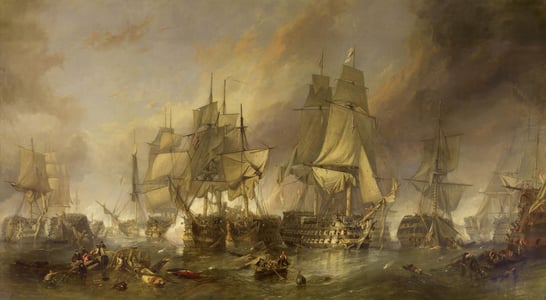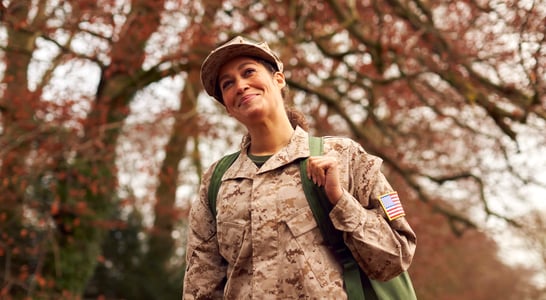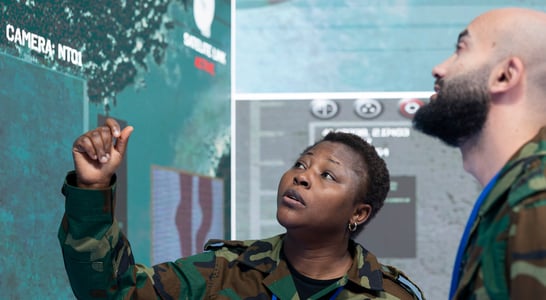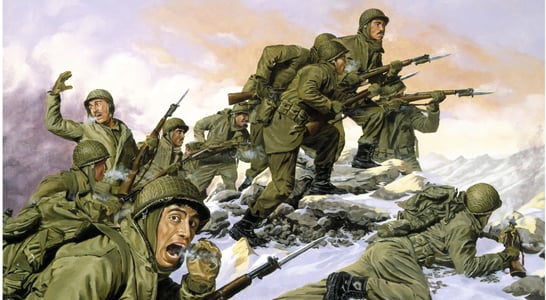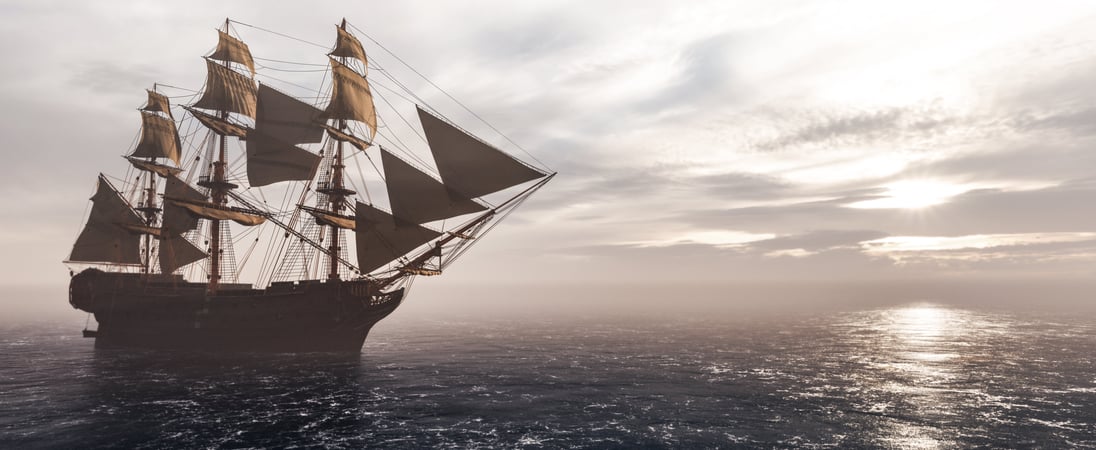
Asiatic Fleet Memorial Day
Asiatic Fleet Memorial Day is a day to honor the brave sailors who served in the Asiatic Fleet during challenging times.
This observance acknowledges their dedication and the sacrifices they made while protecting American interests in the Far East.
The day is a tribute to their courage and a reminder of their important role in history, especially during World War II when they faced overwhelming odds in the defense of the Philippines and other critical missions.
Reasons for Celebrating Asiatic Fleet Memorial Day
The celebration of the Asiatic Fleet Memorial Day serves several important purposes. First, it remembers the heroes who lost their lives or endured hardships while serving in the fleet. Their stories of bravery and dedication are a vital part of our national history.
Second, the day helps preserve the history of the Asiatic Fleet, ensuring future generations understand their contributions and sacrifices.
Finally, it honors all veterans of the fleet, showing gratitude for their service and ensuring their legacy continues to inspire us.
Celebrating this day ensures that the stories of these brave sailors are preserved and their contributions to history are honored and remembered.
How to Celebrate Asiatic Fleet Memorial Day
Host a Storytelling Session
Gather friends and family for a storytelling session about the Asiatic Fleet. Dive into tales of bravery and adventure. Invite a local historian or veteran to share their knowledge and personal stories.
Everyone loves a good story, especially with some snacks and refreshments on the side.
Visit a Naval Museum
Plan a trip to a naval museum. Explore exhibits about the Asiatic Fleet’s history and achievements. Many museums offer interactive displays and artifacts that make history come alive.
This can be an exciting and educational outing for all ages.
Create a Tribute Video
Unleash your inner filmmaker! Collect photos, quotes, and facts about the Asiatic Fleet. Make a tribute video to honor their service.
Share it on social media with a heartfelt message. Your creativity can inspire others to learn more about these naval heroes.
Host a Themed Movie Night
Movie night, anyone? Screen films that highlight naval battles and World War II events. Classics like “Midway” or “Tora! Tora! Tora!” can set the mood.
Add some popcorn and naval-themed snacks for an immersive experience. Discuss the films afterward to deepen the understanding of the fleet’s role.
Organize a Community Event
Rally your community for a commemorative event. Set up a small ceremony at a local park or veterans’ memorial. Invite speakers, display memorabilia, and perhaps even arrange for a band to play patriotic songs.
It’s a great way to bring people together to honor the fleet’s legacy.
History of Asiatic Fleet Memorial Day
Asiatic Fleet Memorial Day honors the valor and sacrifices of the United States Navy’s Asiatic Fleet. This observance was officially proclaimed by President George W. Bush in 2001, based on the authorization given by Congress in 1998.
The Asiatic Fleet was initially formed in 1902, reestablished in 1910, and played a crucial role until 1942.
During this period, the fleet protected American lives and interests in the Far East, particularly along the China coast and the Yangtze River. The fleet’s duties were both diplomatic and naval, aiding civilian areas affected by natural disasters and conflicts.
When World War II began, the Asiatic Fleet faced significant challenges. The attack on Pearl Harbor thrust the fleet into the war, and they played a key role in defending the Philippines.
Despite being outnumbered and outgunned, they fought bravely alongside British, Dutch, and Australian ships against Japanese advances.
Some major battles include the engagements at Balikpapan, Badung Strait, and the Java Sea. On March 1, 1942, during the Battle of the Sunda Strait, the USS Houston and HMAS Perth were lost while fiercely defending against the Japanese.
These sacrifices helped delay enemy advances, allowing time for other Allied forces to regroup.
Memorial Day remembers the fleet’s courage and dedication. It highlights their legacy, which is carried on by the Seventh Fleet, which continues to protect peace and stability in East Asia.
Asiatic Fleet Memorial Day FAQs
Did the Asiatic Fleet ever clash with pirates in Southeast Asia?
Yes, the Asiatic Fleet encountered pirates during its operations in Southeast Asia.
In the early 20th century, piracy was common in the region. The fleet protected American trade routes, often dealing with bandit attacks, particularly near the South China Sea.
Pirates targeted merchant vessels, and the fleet intervened, sometimes in risky nighttime operations, to protect both American and allied shipping interests.
This duty added an unusual layer of responsibility beyond traditional military tasks, giving the fleet a unique place in maritime security history.
What unique traditions did sailors in the Asiatic Fleet have to adapt to?
Sailors in the Asiatic Fleet had to adapt to unique traditions and customs, especially when stationed in places like the Philippines and China.
One custom was adopting the “tiger dance,” a ceremonial dance from local cultures that celebrated bravery. Sailors often participated in these events to build local camaraderie.
They also adapted their diet to include local foods like rice and fish, different from typical Navy rations.
This cultural blending became a hallmark of the fleet, which stationed troops far from American shores for extended periods.
Were any superstitions common among Asiatic Fleet sailors?
Yes, Asiatic Fleet sailors strongly believed in superstitions, especially around storms and the “Dragon’s Triangle,” a Pacific area known for mysterious ship disappearances.
Sailors avoided certain rituals on board, like whistling, which was thought to attract dangerous weather.
They also had specific taboos about naming ships after fallen comrades, believing it brought bad luck.
Stories about sea creatures and lost treasures in nearby waters added to the superstitions, creating a mystique around the fleet’s operations.
Did the Asiatic Fleet use any unusual or advanced technology?
The Asiatic Fleet, despite being far from U.S. resources, had some unique technology.
During the 1930s, the fleet adopted early sonar devices for detecting enemy submarines, rare for the time. They also used hydrophones to listen to underwater sounds, especially near Japan, a rising naval power.
Another innovation was the use of seaplanes for reconnaissance.
These planes could take off from small, mobile carriers and provided a vital view over the expansive waters of the Pacific, marking one of the fleet’s forward-thinking tactics.
Did any Asiatic Fleet ships have famous nicknames?
Several ships in the Asiatic Fleet earned colorful nicknames. The USS Houston, for instance, was nicknamed the “Galloping Ghost of the Java Coast.”
It earned this nickname for its daring missions against Japanese forces, often appearing unexpectedly along the coast. Sailors also called the USS Marblehead “The Marby” due to its distinctive shape and legendary endurance during battle.
These nicknames helped crew members bond and create a unique identity far from home.
How did the Asiatic Fleet influence regional culture in Southeast Asia?
The Asiatic Fleet had a notable impact on local culture in Southeast Asia.
American jazz, brought by the sailors, became popular in port cities like Manila and Shanghai, where servicemen would perform or play records in local clubs.
The fleet’s presence also introduced American sports, especially baseball, to locals, fostering early games in the Philippines and China.
These cultural exchanges left a lasting impression on the local entertainment and sporting landscape, blending American and Asian cultural elements.
What are some common misconceptions about the Asiatic Fleet?
One misconception is that the Asiatic Fleet was solely focused on battle. In reality, it conducted a wide range of tasks like surveying waters, providing disaster relief, and supporting trade routes.
Another myth is that the fleet’s ships were outdated. Although it lacked some advanced weapons, the fleet had modernized elements, including early radar.
Some also wrongly assume it operated only in the Philippines, when it patrolled from China to Indonesia.
How do people celebrate Asiatic Fleet Memorial Day today?
While many commemorate the day with memorial services in the U.S., other countries also honor it.
In the Philippines, local veterans and historians hold remembrance ceremonies at Manila Bay, where the fleet often docked.
American military groups in Japan and Guam also conduct wreath-laying ceremonies at naval memorials.
Some enthusiasts organize online history forums or reenactments to educate people about the fleet’s role and keep its history alive across generations.
Did the Asiatic Fleet interact with local military forces?
Yes, the Asiatic Fleet often collaborated with local forces. In the Philippines, the fleet conducted joint exercises with the Philippine military.
It also worked with the British Royal Navy in Hong Kong, sharing intelligence on Japanese movements.
These alliances strengthened regional security and helped coordinate responses to piracy, natural disasters, and later, wartime threats.
The fleet’s connections with local forces became a foundation for future military partnerships in the Pacific.
Were there any notable individuals who served in the Asiatic Fleet?
Several notable figures served in the Asiatic Fleet, including Admiral Thomas C. Hart, a strategic mastermind who later led Allied forces in the Pacific.
Another notable member was Commander William A. Glassford, who organized daring evacuation operations during the Japanese invasion.
These individuals played crucial roles, not only in leading but also in defining strategies that influenced later U.S. naval policies. Their stories highlight the bravery and innovation within the fleet’s ranks.
See what else is happening…
There’s always more going on every month at Days Of The Year. Here are our favorites this month!
Also on ...
View all holidaysNational Barista Day
They create magic in a cup, transforming simple beans into a delicious pick-me-up. From latte art to custom blends, they're the coffee wizards!
Share a Smile Day
Spreading happiness with a simple, friendly expression, lighting up someone's day with warmth and positivity.
National Minnesota Day
A land of lakes, forests, and vibrant cities, offering outdoor adventures, cultural delights, and a friendly spirit that's uniquely its own.
We think you may also like...
Trafalgar Day
Commemorating a historic maritime clash and the valorous individuals who shaped the course of a nation's destiny.




